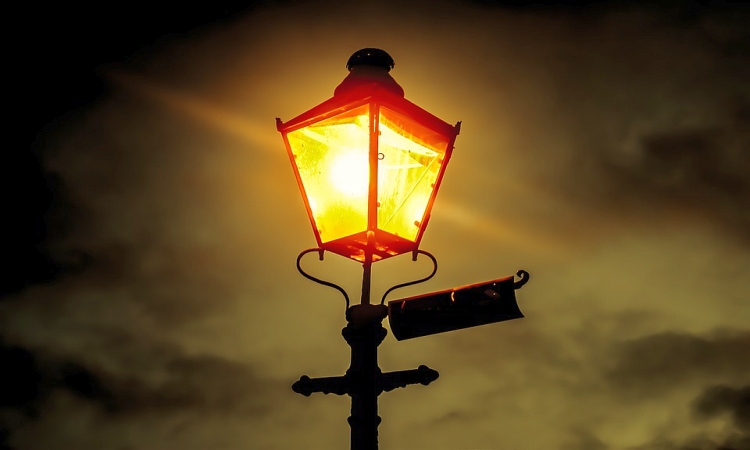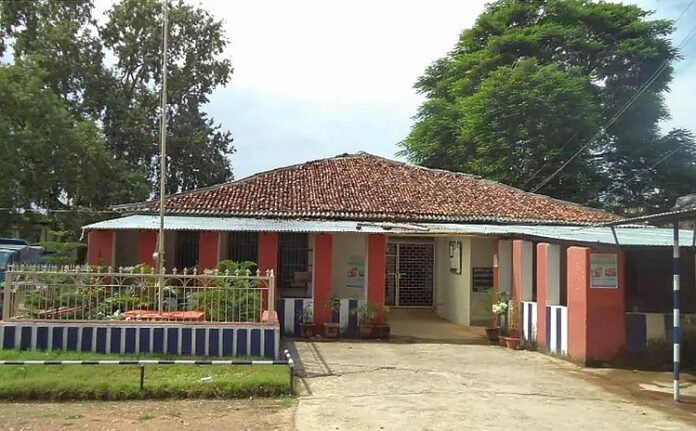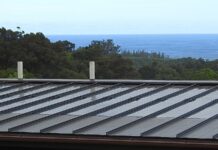Lohardaga (Jharkhand): Streets of Lohardaga, though not so wide as they are today, used to get bathed in light a century or so ago. There was no electricity in the area, which then constituted the part of erstwhile Bihar, Bengal and Odisha.
It was in the year 1888, when the practice of lighting the streets through kerosene-powered lanterns was launched, after the British government set up municipality at Lohardaga. F Fawn was made the first chairman of the municipality, which at that time had only four wards. It now consists of 22 wards. Official gazzette of the district states that all lanterns are filled up with kerosene in the afternoon daily and lit in the evening to keep the streets under light throughout the night.
Despite limited resources, the municipality had tried to provide as much facility as possible to the people of mineral rich township. “When the city did not have electricity, kerosene lanterns were hung from roadside poles in the evening to illuminate the streets,” said an octogenarian Lakhna Oraon.
Bullock cards were used to clean streets
Bullock carts were fitted with brooms to sweep the roads. Later, trolleys were installed behind the bullock carts. Until the 80s, cleaning was done by bullock cart. Since then, tractors and machines have gradually replaced the bullock cart in the cleaning system. If nothing has changed in the long history of 134 years, it is the municipal office building. Even today, Lohardaga municipality is situated in its old weather-tiled building.
Also Read: Lohardaga, Bokaro mothers join hands to curb kitchen air pollution
Even today, the old and archaic building stands majestically in front of many modern houses. However, the old building lacks rooms, which makes it difficult for employees and citizens to carry out and perform necessary work. In view of these problems, a new two-storey municipal building was constructed in MG Road.
Father, son held the chair in municipal body twice
The chair of Lohardaga municipality has always been a matter of prestige. Many well-known personalities have held this post. Four Englishmen have also held the chair of the Lohardaga municipality after it was set up on 1 July 1888. Mr. F. Han took office as the first municipal chairman on July 1, 1888, and held the office until January 26, F. Han was re-elected president for a second term on September 24, 1898 and held the chair until May 3, 1900. G Beckman was the second Englishman to hold the presidency twice. The first term lasted from June 1, 1900 to January 29, 1906 and the second from September 21, 1908 to July 25, 1914. In addition, the Reverend W Stanver held the chair from April 21, 1906, to December 9, 1907, and Mr. G. Cutler from January 24, 1930, to January 28, 1931.
1st Indian head the municipality
The first Indian president of the municipality was Baidyanath Ghatak. He was elected as president on July 1, 1894 and continued till August 27, 1894. Jagarnath Prasad was the mayor of the municipality at the time of independence. The father and sons also held the post of president of Lohardaga municipality twice. Rai Sahib Baldev Sahu served as the president from January 29, 1931 to March 31, 1938 and from January 12, 1959 to July 3, 1961 after independence. His son Shiv Prasad Sahu also became president twice. Shiv Prasad Sahu was the president from May 12, 1974 to July 5, 1979 and from February 24, 1980 to June 17, 1985. The first Muslim president of the municipality was Zahiruddin Ahmed. He served as president from July 4, 1961 to February 27, 1965.

The president of Lohardaga municipality was Radha Raman Prasad. Prasad was the president from June 18, 1985 to January 3, 1991. There were no local body elections for 27 years and status of Lohardaga municipality was elevated municipal council in 2008. Shishir Toppo became the first tribal president of the Lohardaga municipal council, followed by Pawan Ekka. Currently, Anupama Bhagat is the municipal president.




